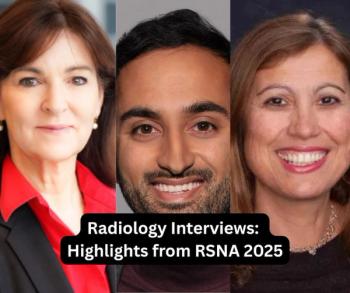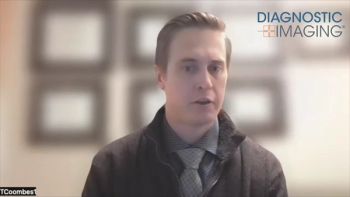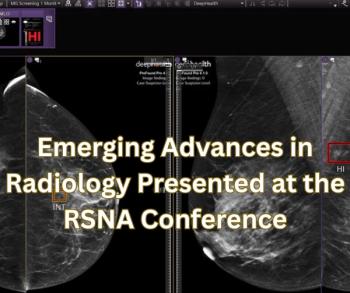
Japanese hospital reports favorable experience with CAD-PACS integration
Temporal subtractions and nodule detection are the most common computer-aided detection systems available. Until recently, however, no report has described these CAD routines being integrated into PACS.
Temporal subtractions and nodule detection are the most common computer-aided detection systems available. Until recently, however, no report has described these CAD routines being integrated into PACS.
That changed in March, when Japanese researchers at Kyushu University reported their four-year experience integrating a temporal subtraction and nodule detection CAD system into their hospital PACS (J Digit Imaging 2008;21[1]:91-98).
"Our paper provides a concrete model in which a CAD system was integrated into our hospital PACS so radiologists can refer to CAD images at interpretation time," said Dr. Shuji Sakai, an associate professor of radiology at the university's school of medicine.
The linkage between PACS and CAD on digital chest radiographs is important to make workflow more efficient, Sakai said.
"We integrated the exclusive server used for producing temporal subtraction and nodule detection images into our PACS, so now current and prior CAD images are automatically loaded into the display terminal," he said.
This image-loading technique can easily be applied to other CAD systems, such as mammography, gastrointestinal examinations, and CT, Sakai said.
Sakai's paper reports several problems encountered during the integration process, including an excessive false-positive rate on the nodule detection system. This occurred because algorithms for the system had never been adjusted to chest radiographs obtained on hospital equipment.
"Each hospital has to customize its CAD systems appropriately according to its own environment to obtain suitable performance," Sakai said.
Another problem encountered was image orientation. Correct temporal subtraction images are not produced in portable chest radiographs when the original images are stored in PACS upside down. To solve this, Sakai delays PACS storage until a radiology technologist can verify correct image top and bottom. Automatic software to correct image direction does not work because these packages cannot recognize a lateral decubitus chest radiograph, Sakai said.
"When a technologist is used to check image direction, all chest radiographs can be stored with the correct top and bottom, so temporal subtraction images can be properly produced," he said.
A third problem surfaced with low image quality when temporal subtraction was performed on images obtained on different devices.
"Poor temporal subtraction image quality in these circumstances was not caused by misregistration artifacts but by the differences in gray scales of the different acquisition devices," Sakai said.
An adequate solution to this problem has not yet been found. In the meantime, Sakai attempts to obtain chest radiographs for each patient from the same device.
Newsletter
Stay at the forefront of radiology with the Diagnostic Imaging newsletter, delivering the latest news, clinical insights, and imaging advancements for today’s radiologists.




























